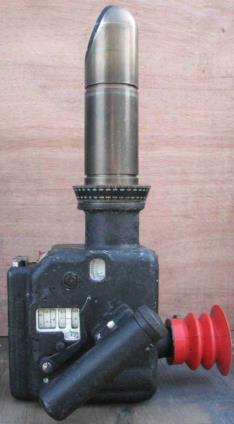
NavList:
A Community Devoted to the Preservation and Practice of Celestial Navigation and Other Methods of Traditional Wayfinding
From: David Pike
Date: 2015 Jun 1, 05:54 -0700
Greg, you wrote: Was it a practice in 1952 to carry a hand held bubble octant in the cockpit as back-up to the periscope?
The accident report said the aircraft carried a MKIXB sextant in addition to the periscopic model, but it would have been of limited use (unless you force landed!), because the aircraft doesn’t appear to have had an astrodome. Neither did it have an astro-compass to mount in it. This was probably because the Hermes IV was pressurised for the convenience of the passengers and needed a periscopic sextant. Although designed to be pressurised if required, I don’t recall its tail-wheeled cousin the RAF Hastings C2/1a or T5 actually being pressurised (I can remember at least one pilot flying in his heavy woollen RAF greatcoat). Therefore, the Hastings did have an astrodome, a bubble sextant, an astro-compass MkII, but no periscopic sextant mounting. In the Hastings you pulled out a folding stool to stand on to see though the astrodome.
The crew resource management aspects of this incident are interesting. The Captain and Co-Pilot both had extensive WW2 experience. The Captain had completed 36 operational sorties over a “blacked out” Europe with the same crew including his then Navigator. Perhaps this induced him to have excessive faith in “the man at the nav-table” on this flight over the inky black Sahara. Ironically, the Chief Steward in the passenger cabin had actually been a WW2 Navigator.
You can see the Navigator setting himself up for failure. First he decided to work with “true headings” on the gyro-compass which apparently was uncommon at the time. This meant he had to set variation on the variation setting control, but he was unfamiliar with the readings, so when he set 3° and later 6°, he was actually setting 30° and 60°. When he was asked to complete a heading check, he chose to use Polaris, presumable because it could be done quickly using only LHS Aries and his latitude. He would have set azimuth taken from the appropriate table, which would have been between 359° and 001°, on the bottom of the azimuth ring (below) and swung the sextant until his indicated true heading from the gyro-compass (which would be incorrect by 27° or 57°) was against the lubber line at the head of the ring, and looked for a star. This was asking for trouble. Whereas any Boy Scout in the Northern Hemisphere can identify Polaris outdoors on a clear night, and this would have worked fine from an astrodome using an Astro-compass MkII, it’s not so easy to identify a particular star of magnitude around +2 through a periscopic sextant with only a 7° field of view. He could have latched on to any old star, which he obviously did. With a PhD in hindsight, he should have taken a bit more time over the calculation; picked a more reliable and identifiable star; and tried setting up the sextant with the gyro-compass and the P12 + variation headings set in turn. Initially, there was also the possibility of taking a relative bearing on Tripoli NDB, which when plotted using the Gyro-compass true heading would have given a position line 27° off.
The probability of the relatively simple P12 sextant which was serviceable before take-off failing compared to the more complicated gyro-compass when no significant event had occurred in the meantime should also have been considered. After that the situation just multiplied.
Interestingly, if the Captain had turned back to Tripoli as soon as the discrepancy between the compasses was first noticed, the snag might have been recorded as “No fault found” or “P12 changed on spec” and if the Navigator had decided to use true headings again, the same snag might have reappeared. Dave







